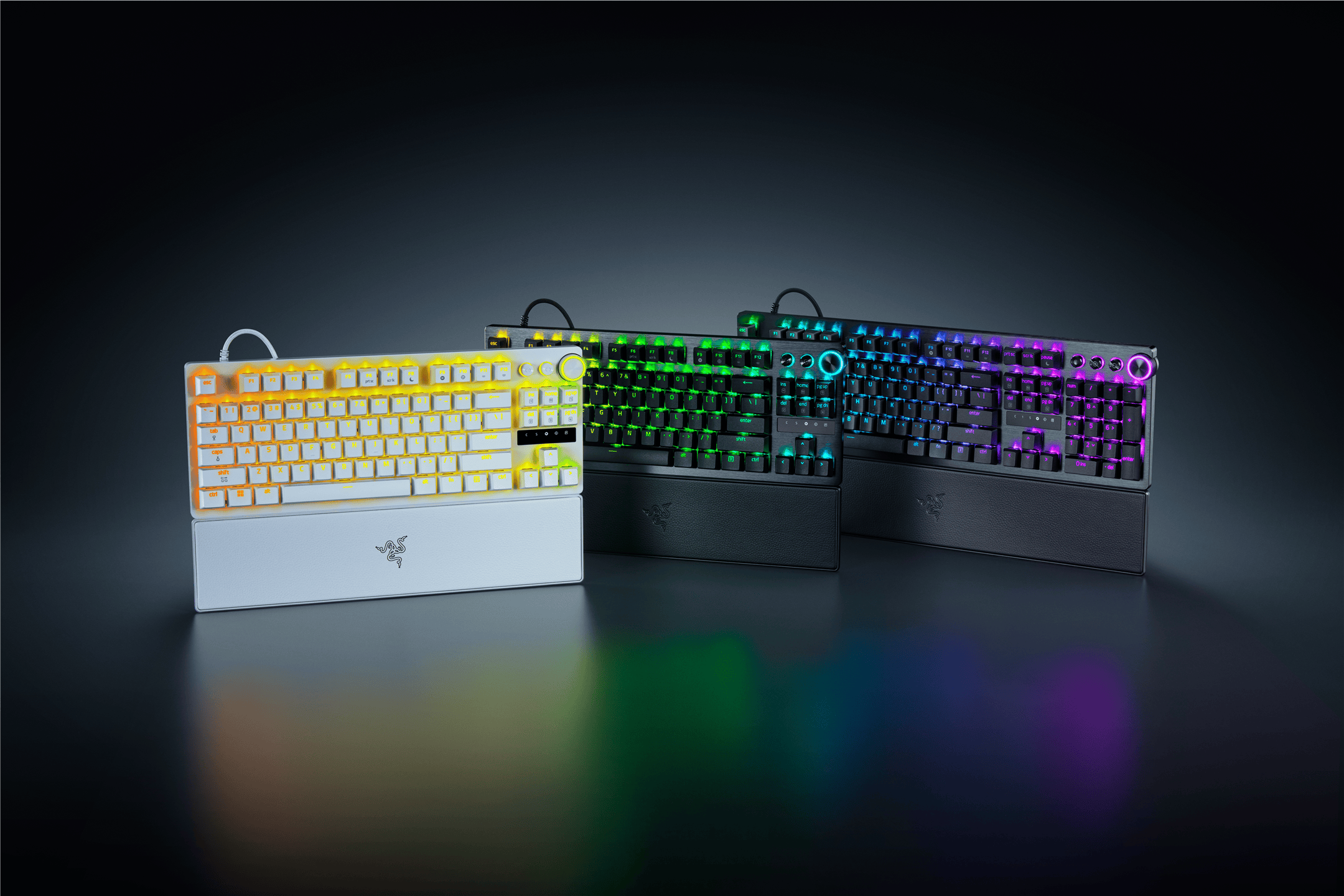
Razer has just dropped what might be the most comprehensive mobile gaming controller lineup I’ve seen, and frankly, it’s about time someone took this space seriously. The new Kishi V3 series includes three distinct models that cover everything from smartphones to full-sized tablets, finally bridging that gap between mobile convenience and proper gaming controls.
The lineup starts with the standard Kishi V3, which targets iPhone 15/16 seri and Android smartphones with a streamlined approach that doesn’t compromise on quality. What’s interesting is how Razer managed to pack console-grade TMR thumbsticks and dual mouse-click back buttons into what they’re positioning as the accessible entry point. The inclusion of USB-C passthrough charging and 3.5mm headphone compatibility shows they’ve thought through the practical aspects of extended gaming sessions.
Moving up the range, the Kishi V3 Pro expands compatibility to phones, mini tablets up to 8 inches, and even PC gaming through Razer Nexus. This is where things get interesting from a technical standpoint. The Pro version introduces Razer Sensa HD haptics, which requires Android 12 or Windows 11 to function properly. Unfortunately, iOS users miss out on this feature entirely, which feels like a significant limitation given the iPhone’s strong gaming ecosystem.
The flagship Kishi V3 Pro XL pushes boundaries by supporting full-sized tablets up to 13 inches, including iPad Pro and iPad Air models. Having used various tablet gaming setups over the years, I can appreciate how challenging it must be to engineer a controller that maintains proper ergonomics across such dramatically different device sizes whilst delivering consistent performance.
The TMR thumbsticks come with swappable caps, addressing one of my long-standing complaints about mobile controllers where you’re stuck with whatever sensitivity the manufacturer chose. The claw grip bumpers and dual back buttons suggest Razer has been paying attention to how competitive mobile gamers actually play, rather than just copying console controller layouts.
The USB-C “island” design deserves particular mention for its compatibility approach. Rather than creating yet another proprietary connection system, Razer’s chosen to work within existing standards whilst maximising device compatibility. This should mean fewer issues with cases and device variations, though real-world testing will be the ultimate judge.
Razer’s partnership with Apple Arcade adds genuine value to these controllers, particularly for the Pro XL which includes six months of free access for new and qualified returning subscribers. The base Kishi V3 and V3 Pro include three months each. Given that Apple Arcade costs $6.99 monthly in the US, this effectively reduces the real cost of ownership significantly, especially for the tablet-focused Pro XL model.
The timing makes sense too. Apple Arcade has evolved into a genuinely compelling gaming service with over 200 titles, many of which benefit enormously from proper physical controls. Games that felt compromised on touchscreens suddenly become playable experiences with dedicated buttons and proper thumbsticks.
Australian Pricing and Availability
At $189.95 AUD for the standard V3, $269.95 AUD for the V3 Pro, and $349.95 AUD for the V3 Pro XL, these aren’t impulse purchases. However, compared to buying a dedicated handheld gaming device, the pricing becomes more reasonable when you consider you’re essentially turning devices you already own into proper gaming platforms.
The Kishi V3 Pro XL’s $349.95 AUD price point puts it in direct competition with some dedicated gaming handhelds, but the advantage here is leveraging the superior display quality and processing power of modern tablets rather than being limited to purpose-built gaming hardware.
All three Kishi V3 models are available now through Razer.com and select retailers worldwide. For more info, check out the Razer Kishi V3 Pro page.






